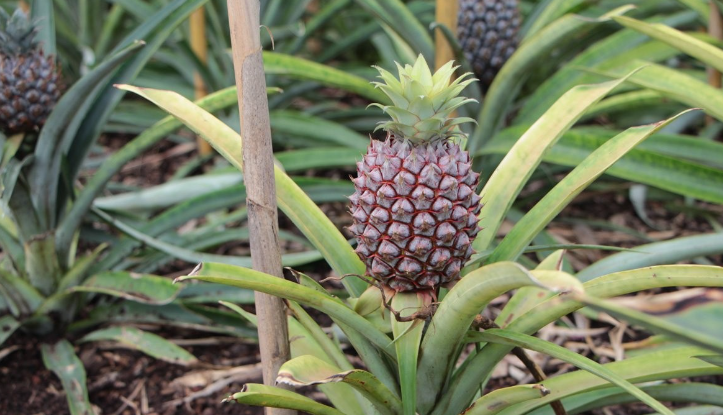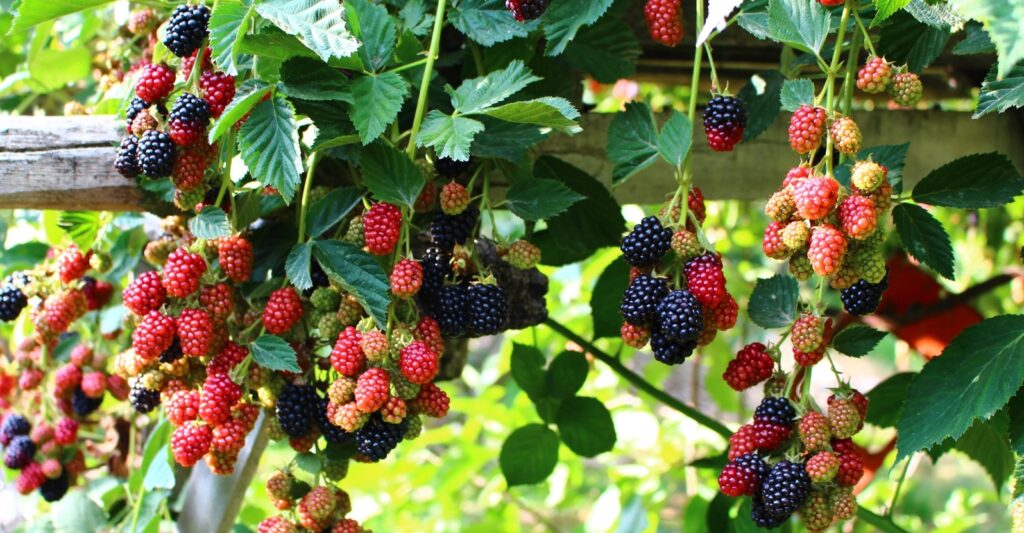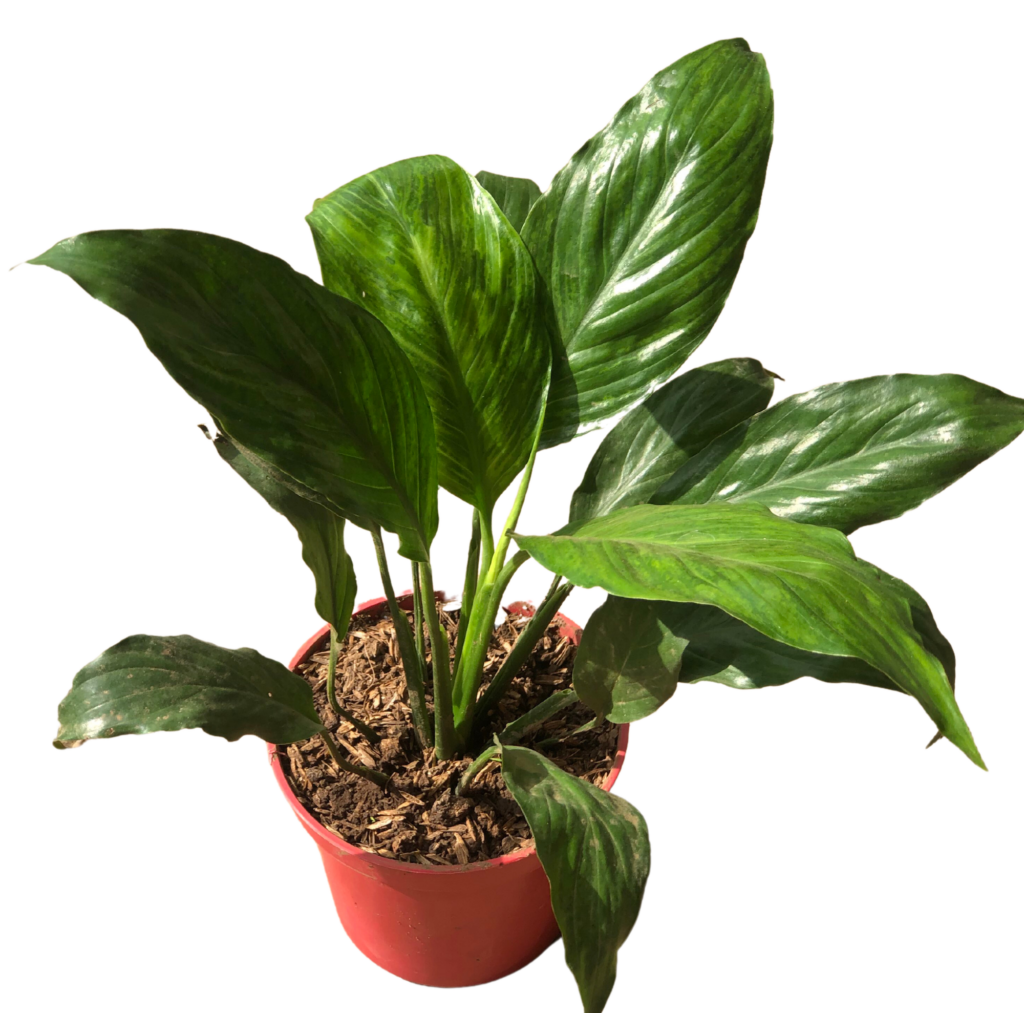Pawpaws are a unique fruit that you can grow right in your garden or even on a balcony. This simple guide will show you how to plant pawpaw seeds and nurture them into thriving trees.
Planting pawpaws may seem a bit tricky at first. However, once you follow these easy steps, you’ll see it’s quite manageable. We’ll share all you need to start your very own pawpaw trees at home and enjoy their delicious fruit year after year.
Table of Contents
- Where Pawpaw Trees Thrive Best
- Steps to Planting Your Pawpaw Seeds
- Step 1 – Get Fresh Seeds from a Ripe Pawpaw
- Step 2 – Wash Off Any Leftover Fruit
- Step 3 – Soak Your Seeds in Water for a Day
- Step 4 – Make Tiny Scratches on the Seeds with Sandpaper
- Step 5 – Mimic Winter by Chilling the Seeds
- Step 6 – Put Seeds in Pots with Special Starting Soil
- Step 7 – Lightly Cover the Seeds
- Step 8 – Keep the Seed Soil Damp and Warm
- Step 9 – Watch for Sprouts in 2-3 Weeks
- 10 – Once your little plants are sturdy enough to be moved, carefully put each one into its own pot. After that, you can let them grow somewhere sheltered like a greenhouse or a cold frame until they’re ready to live outside for good.
- How to Look After Pawpaw Trees
- Picking and Keeping Pawpaw Fruit
- Enjoying the Fruit You Grew: Pawpaws
- FAQ
- How long does it take to grow a pawpaw from seed?
- What is the fastest way to germinate pawpaw seeds?
- Should you soak pawpaw seeds?
- Do pawpaw seeds need to be dried before planting?
- Can I plant papaya seeds straight from the fruit?
- How can you tell if a papaya seed is male or female?
- Do you soak papaya seeds before planting?
- Can female papaya produce fruit without male?
- Is it possible to change the sex of a male papaya plant to female?
Where Pawpaw Trees Thrive Best
Pawpaws do well in warm to subtropical climates where there’s plenty of humidity and rain. They like sunny spots, but a bit of shade can work too. The soil should drain water well. They are tough trees that can handle cold down to -25°F, so they are perfect for growing in lots of places across the USA, Canada, and Australia. If you’re not in these areas, you can still grow them in a greenhouse or pots.
Steps to Planting Your Pawpaw Seeds
Step 1 – Get Fresh Seeds from a Ripe Pawpaw
The first thing you need to do is get fresh pawpaw seeds. Wait for the pawpaw fruit to ripen, which usually happens in late summer or early fall. Inside the pawpaw, you’ll find the seeds. Remember, only ripe fruit has seeds that will sprout.
Be gentle when handling the seeds, as they are quite delicate. Once you’ve got your seeds, clean them right away and get ready to plant them for the best chance of growing a tree.
Step 2 – Wash Off Any Leftover Fruit
It’s really important to clean the seeds well. This gets rid of any bits of fruit or dirt that might bring bacteria or fungus which could stop the seeds from sprouting.
Rinse the seeds carefully under water and use a soft brush if needed. Let them dry completely as any moisture could lead to mold.
Step 3 – Soak Your Seeds in Water for a Day
Soaking the seeds helps soften their outer coat so water and air can get in easier, which is essential for them to start growing. So, place them in water for a day, changing the water every so often to keep it clean. After a day, drain the seeds and move on to the next step.
Step 4 – Make Tiny Scratches on the Seeds with Sandpaper
Next up, scratch the seeds lightly with some fine-grain sandpaper. This process, called scarification, helps the seeds take in more water and air. But be gentle, as too much scratching can harm the seeds and stop them from growing.
Step 5 – Mimic Winter by Chilling the Seeds
After sanding the seeds, it’s time to chill them. This process is called stratification. It’s like giving the seeds a winter season in the fridge. Wrap your seeds in a damp mixture of peat moss or sand and store them in the fridge for 60-90 days.
During this time, keep the mix just moist, and check that the seeds aren’t getting moldy or rotten. After they’ve had their cold time, they’ll be ready to start growing.
Step 6 – Put Seeds in Pots with Special Starting Soil
Now your seeds are ready to be planted. Fill up some pots or seed trays with soil made for helping seeds grow. This soil has just the right stuff to help your pawpaws sprout. Sprinkle the seeds on top of the soil.
Find a warm spot with light, but not direct sunlight, to place the pots.
Step 7 – Lightly Cover the Seeds
Once the seeds are in their pots, gently cover them with a little more soil or vermiculite. This keeps the seeds damp and cozy, making it easier for them to grow.
Step 8 – Keep the Seed Soil Damp and Warm
Water is important for your seeds, but too much can be bad. Keep the soil damp but make sure it’s not sitting in water. The seeds like it warm, between 25-30°C (77-86°F). You might want to cover the pots with plastic or put them in a special seed starter to keep them warm.
Step 9 – Watch for Sprouts in 2-3 Weeks
Keep an eye on your seeds; they should start to sprout in a couple of weeks. If you see any mold or rot, get rid of those seeds. And remember, a nice and warm environment with a bit of moisture is key to getting your seeds to grow.
10 – Once your little plants are sturdy enough to be moved, carefully put each one into its own pot. After that, you can let them grow somewhere sheltered like a greenhouse or a cold frame until they’re ready to live outside for good.
After your seedlings grow to a size where you can easily handle them, move each one into a separate pot. A safe place like a greenhouse or cold frame is good for them to grow stronger.
Keeping them inside a greenhouse or a cold frame will stop them from getting hurt by cold weather and wind while they’re still small. When they get big and strong, you’ll put them in the ground for good.
Before you plant your seedlings outside, get them used to the outside world little by little. This step is called ‘hardening off’ and it’s very important.
How to Look After Pawpaw Trees
Here are better ways to care for your pawpaw trees:
- They like soil that drains water well and enjoy sunlight but can also grow in places that get some shade.
- Keep the soil moist by watering the tree, especially when it’s dry.
- In the springtime, when the trees start growing leaves, give them food with a balanced fertilizer.
- Cut off branches that are dead or sick to keep the tree healthy.
- Use ways to protect the tree from getting cold, especially when it’s young.
- Watch out for bugs and sicknesses like aphids and powdery mildew. If you see them, deal with them quickly.
- Spread mulch around the tree to keep the soil wet and to stop weeds from growing.
- Plant other helpful plants nearby that can keep pests away and make the soil better.
- Pawpaw trees can be either boy or girl, so you need at least one of each kind to get fruit.
- It can take a few years for the trees to start having fruit, so you need to be patient.
You should also know that pawpaw trees can grow from seeds or by attaching a piece of a grown tree to a young one, a method called grafting. Grafting can make trees have fruit faster, but finding a good piece to use can be tricky.
Picking and Keeping Pawpaw Fruit
When it’s late summer or early fall and the fruits look a bit yellow and feel a bit soft, they’re ready to pick. Be gentle and twist them off without squishing them.
After picking, you should eat pawpaws soon because they don’t last long. You can keep them in the fridge for a few days. If you want to store them for a longer time, cut them, take the seeds out, and freeze them in a container or bag. They can stay frozen for many months.
Enjoying the Fruit You Grew: Pawpaws
Trying pawpaws is exciting because they taste like bananas, mangos, and pineapples all mixed together. They’re smooth and a bit like custard, and they have big seeds that you can’t eat.
The usual way to eat a pawpaw is to cut it open and eat the soft part with a spoon. You have to throw away the seeds. Pawpaws can be eaten on their own or used to make lots of tasty things. Here are some ideas:
- Eat Them Straight Away: Just cut it open, scoop it out, and enjoy!
- Whip Up a Smoothie: Mix the pawpaw with yogurt, honey, and ice for a yummy drink.
- Bake Something: Use pawpaw instead of other fruits in recipes for pies or bread.
- Make Jams: Cook the fruit with sugar and maybe some other fruits to make your own jam.
- Spice Up Salads: Toss pawpaws into your salad for a fruit twist.
- Add To Main Dishes: Pawpaws can make stews, curries, or other main plates taste extra special.
- Try Pawpaw Beer: Brewing beer with pawpaw adds an interesting flavor worth trying.
The taste of pawpaws can vary a lot depending on the type and how ripe they are. Some can be really strong-tasting, and others are sweeter. Try different kinds to find out which flavor of pawpaw you like best.
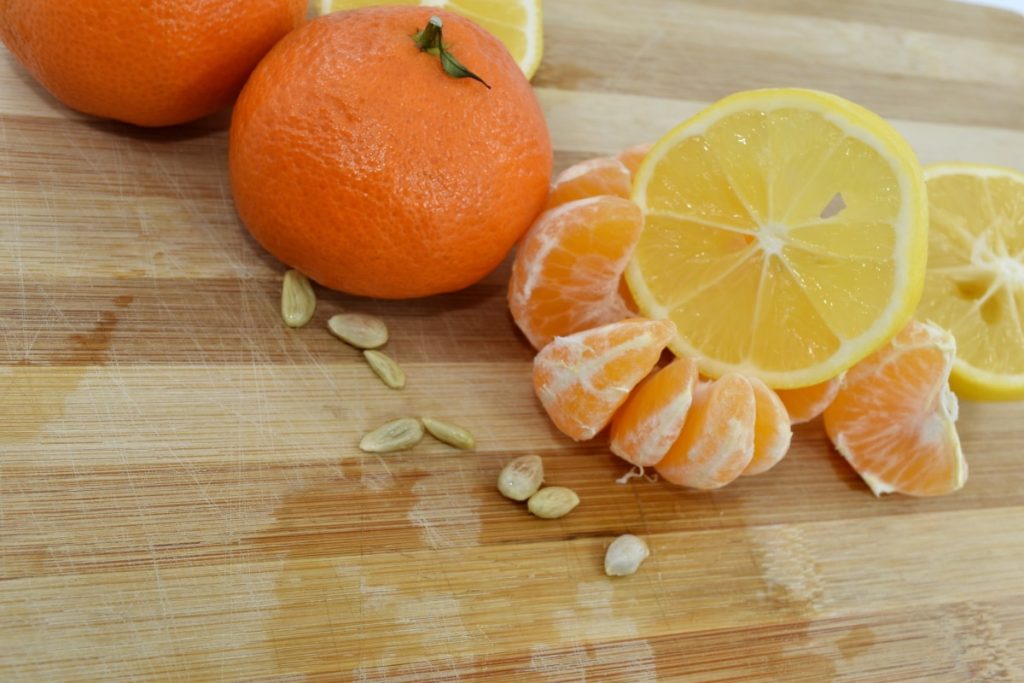
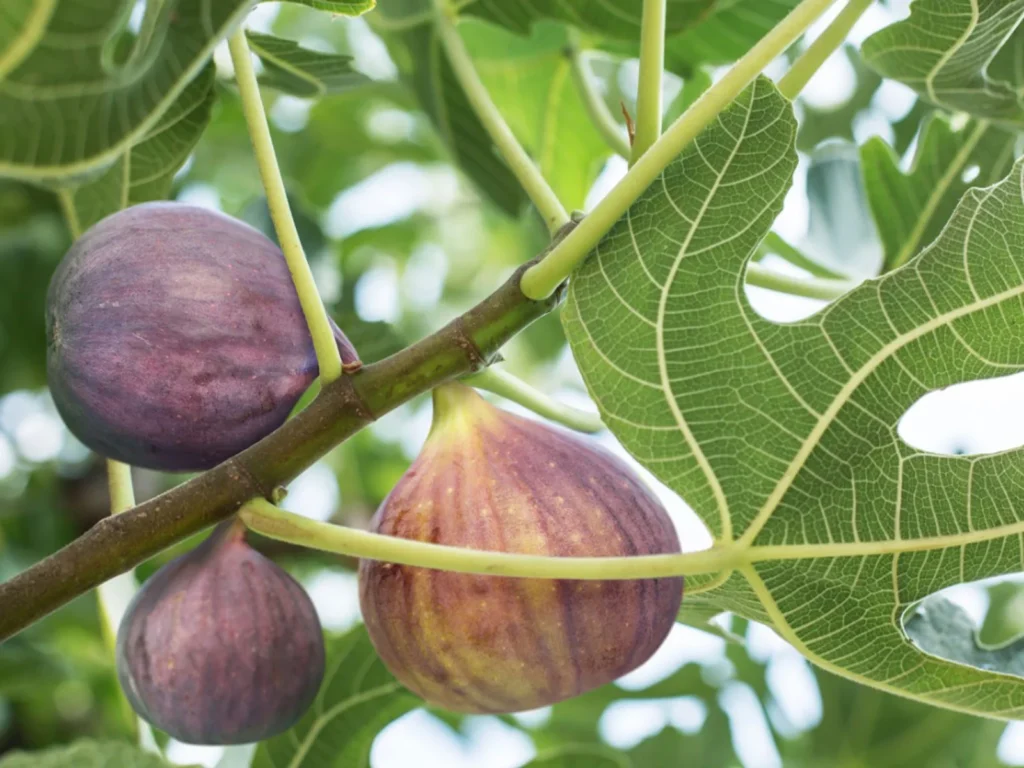
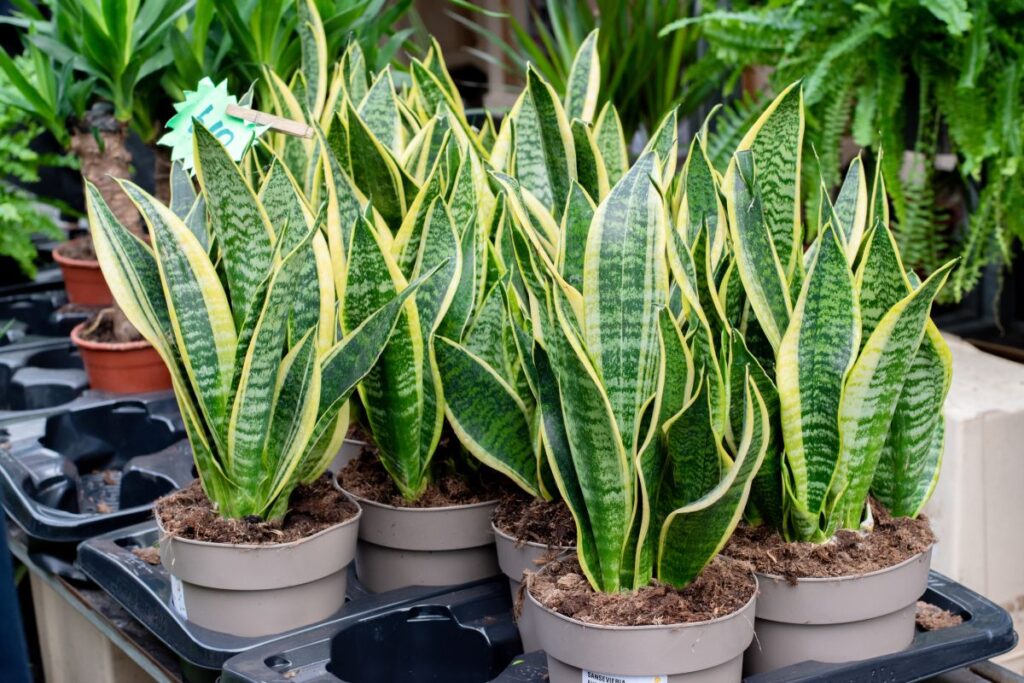
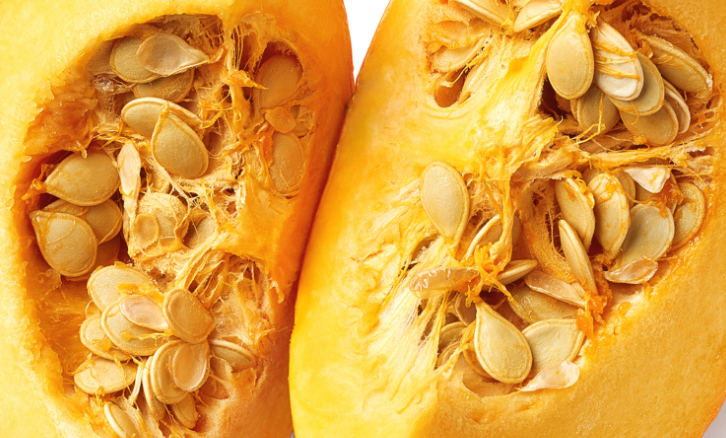
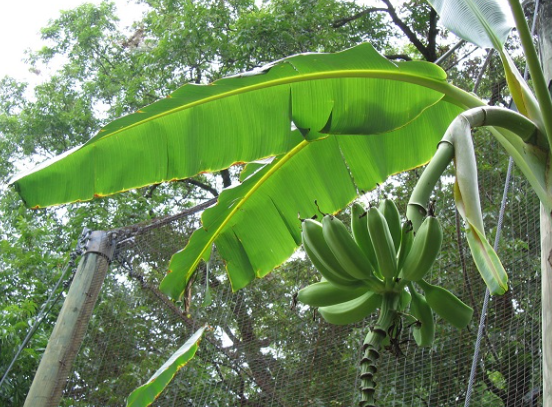
![How To Grow A Pear Tree From Seed [Step-By-Step Guide]](https://fruitonix.com/wp-content/uploads/2023/06/Screenshot-2023-06-07-1.36.07-AM.png)
